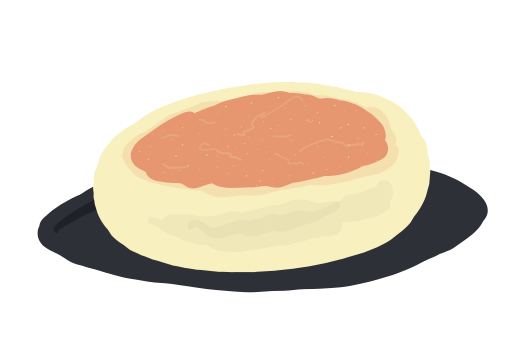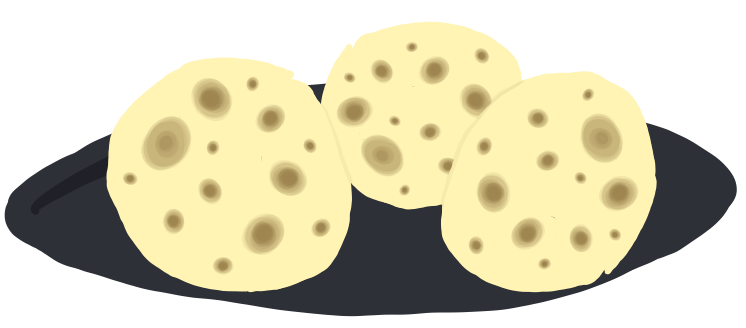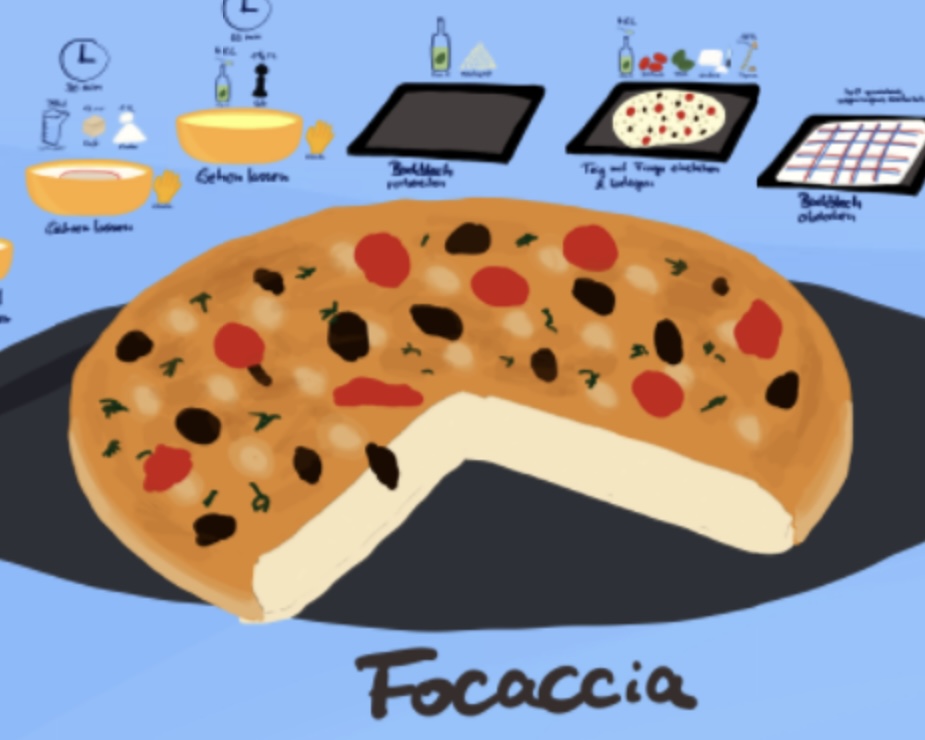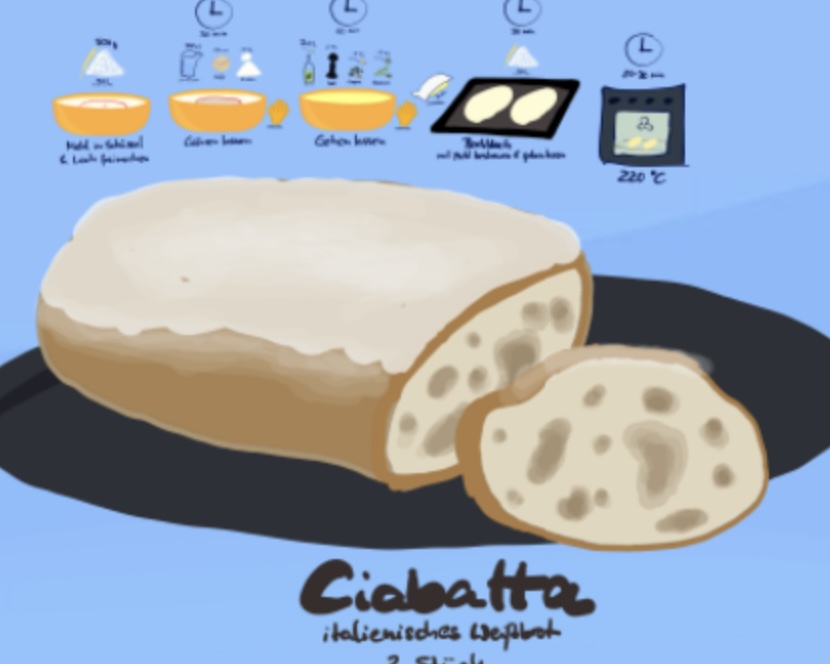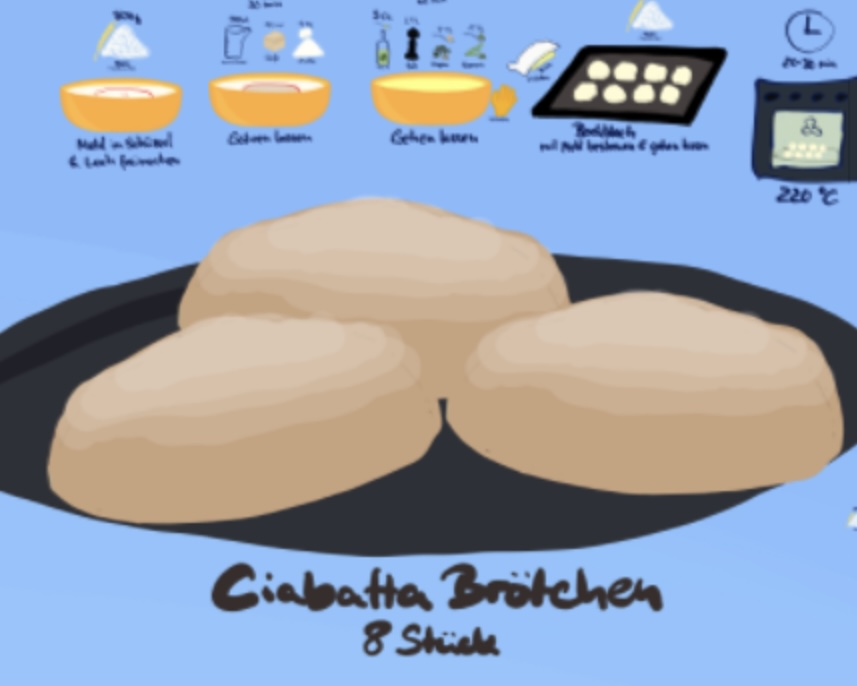Classic Pumpernickel Bread Recipe
Dense and hearty rye bread with a deep, malty flavor, a German staple.Instructions: Tap the Map & Cook Along 👇
Pumpernickel Bread: A Taste of Tradition and Timelessness
In the realm of artisanal baking, few breads carry as much mystique and tradition as Pumpernickel. This dark, dense German bread, known for its distinctive deep color and slightly sweet, hearty flavor, is a symbol of old-world craftsmanship and culinary patience. Pumpernickel's unique characteristics and rich history make it not just a bread, but a story of heritage baked to perfection. Let’s delve into the world of Pumpernickel and discover why this bread continues to be a beloved staple in bakeries and dining tables across the globe.
The Roots of Pumpernickel
Pumpernickel originates from the Westphalia region of Germany, where it has been a staple since the medieval times. Traditionally, Pumpernickel is made from coarsely ground rye flour and rye berries, with a long fermentation process that can last up to 24 hours. This extended fermentation is key to developing its characteristic flavor and dense texture. The bread’s name is said to derive from the old Germanic words for "devil's fart," a humorous nod to its reputation for being indigestible. However, those who savor Pumpernickel appreciate its depth of flavor and nutritional benefits.
The Art of Making Pumpernickel
The art of making true Pumpernickel bread is a testament to the baker’s skill and patience. Unlike regular rye bread, Pumpernickel undergoes a significantly longer baking period, often lasting 16 to 24 hours at low temperatures in a tightly sealed container. This slow baking process caramelizes the natural sugars present in the rye, resulting in the bread’s signature dark color and rich, sweet flavor. It's a labor of love that requires attention to detail and a deep respect for the baking traditions passed down through generations.
Nutritional Profile and Health Benefits
Pumpernickel is not only cherished for its taste but also for its health benefits. Being made from whole rye, it is rich in fiber, which helps in digestion and provides a feeling of fullness. Rye flour is also an excellent source of important nutrients, such as iron, magnesium, and zinc. Additionally, Pumpernickel has a low glycemic index, making it a favorable option for those managing blood sugar levels and seeking a hearty, yet healthy, bread option.
Culinary Versatility
Pumpernickel’s robust flavor and sturdy texture make it incredibly versatile in the kitchen. It pairs beautifully with strong cheeses, smoked fish, and hearty meats, making it an excellent choice for sandwiches and charcuterie boards. Its slight sweetness also complements both savory and sweet toppings, from traditional liverwurst to contemporary spreads like avocado or almond butter. Whether used as a base for canapés or simply served with a slather of butter, Pumpernickel adds a touch of sophistication and heartiness to any meal.
Pumpernickel Today
Today, Pumpernickel continues to be revered both as a relic of traditional baking and a modern staple for health-conscious food lovers. It is celebrated in gourmet kitchens and rustic bakeries alike, where bakers strive to uphold the age-old techniques while also adapting the bread to contemporary tastes and diets. Pumpernickel is more than just bread; it’s a bridge between the past and the present, a blend of art and science, and above all, a testament to the timeless allure of well-crafted bread.
In conclusion, Pumpernickel is a bread that invites you to explore its deep flavors and rich history. Each slice is packed with the taste of tradition and the rewards of slow, careful baking. Whether you’re a seasoned baker or a curious foodie, Pumpernickel offers a unique baking adventure and a deliciously dense addition to any culinary repertoire.
